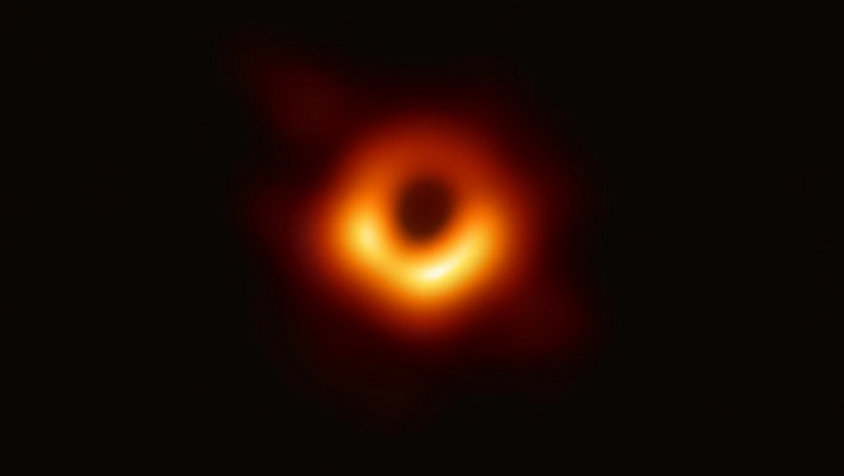
Black Holes
Current reporting on the mass monsters in the universe and in the centre of our Milky Way
Black holes do not consist of matter, although they have a large mass. Therefore, until recently, they could not be observed directly, but only through the effect of their gravity on the environment: They bend space and time and have an almost irresistible attraction. The history of these exotic objects is long, as the first ideas about them appeared more than 230 years ago. But it was only in more recent times that the study of black holes really took off. In addition to amazing measurements in the center of our Milky Way, which were rewarded with the 2020 Nobel Prize in Physics for Andrea Ghez of the University of California and Reinhard Genzel of the Max Planck Institute for Extraterrestrial Physics, the Event Horizon Telescope plays an important role: The worldwide network of several radio observatories succeeded in obtaining unique images of these cosmic gravity traps.























